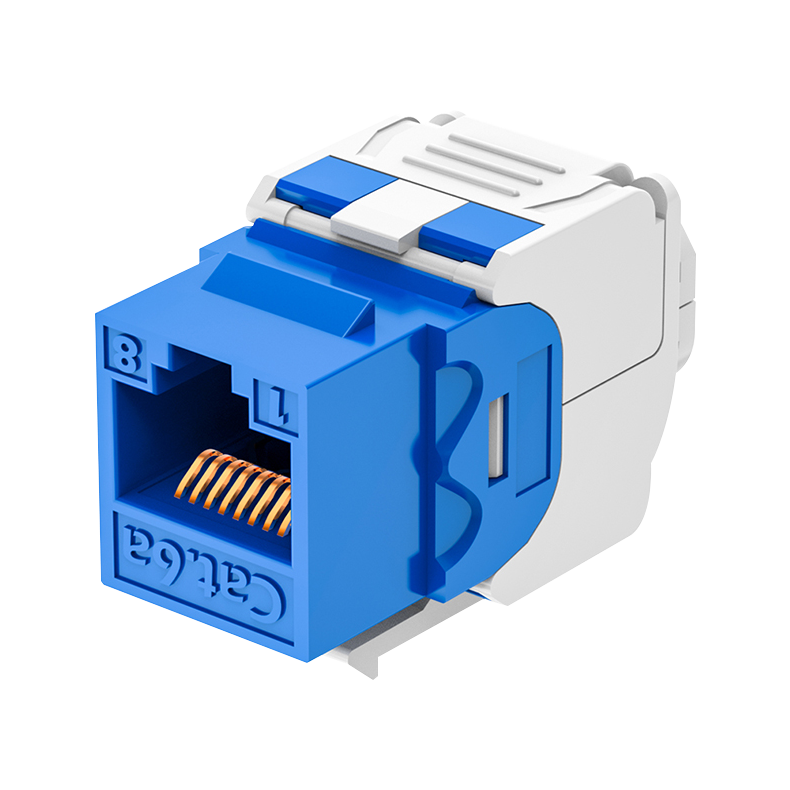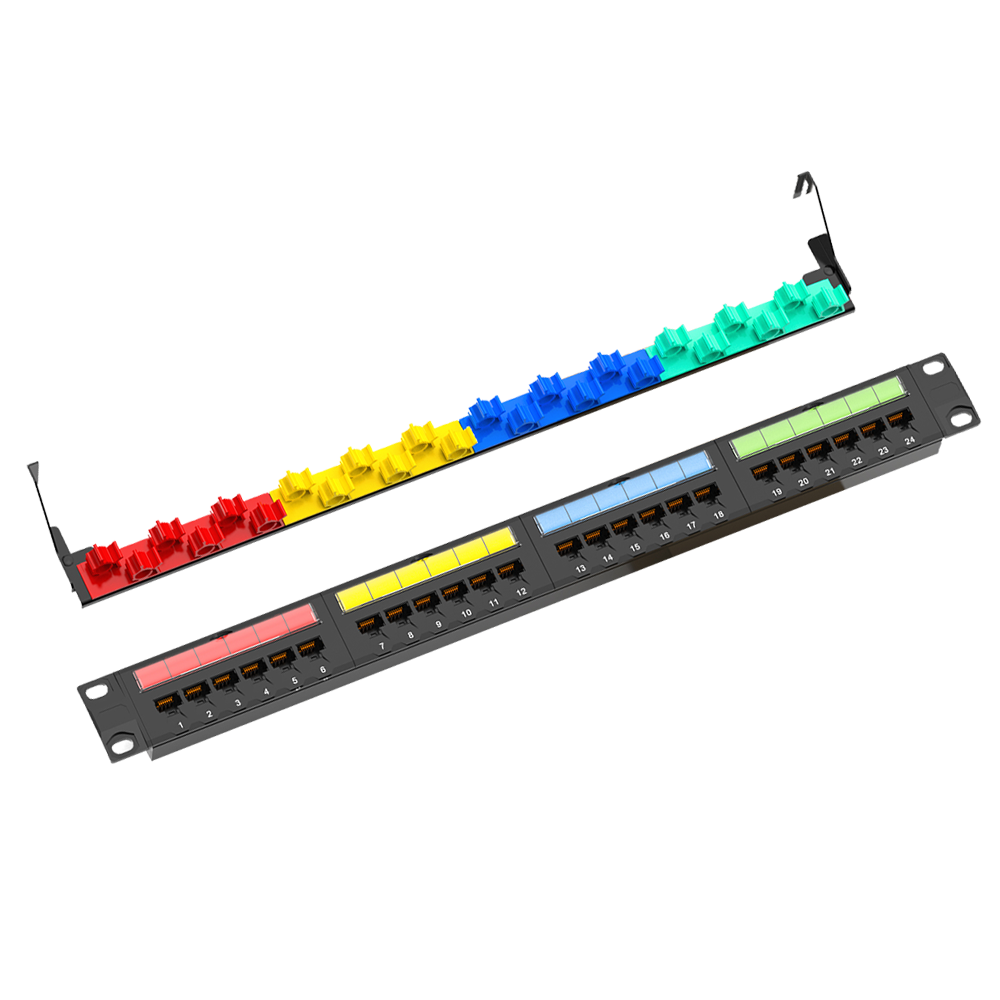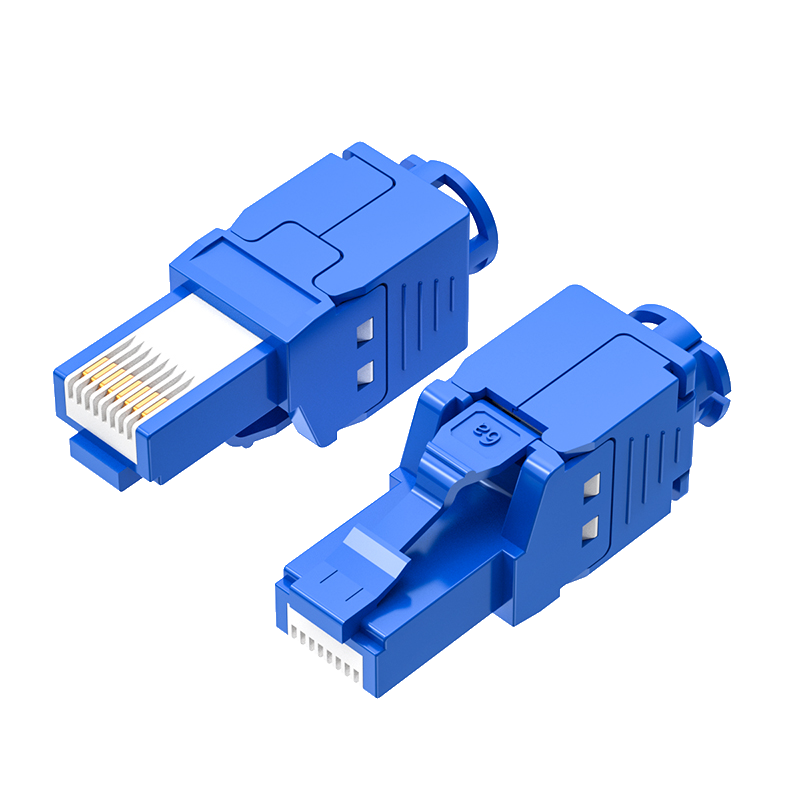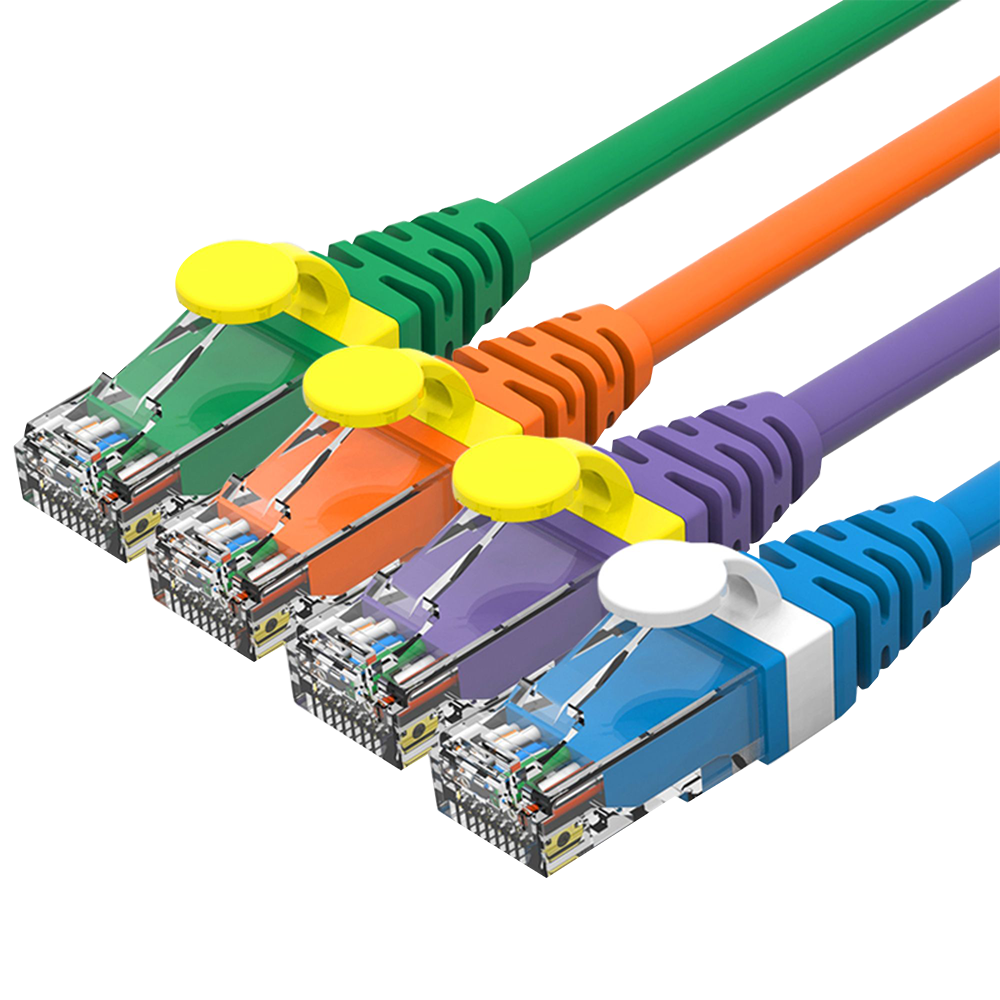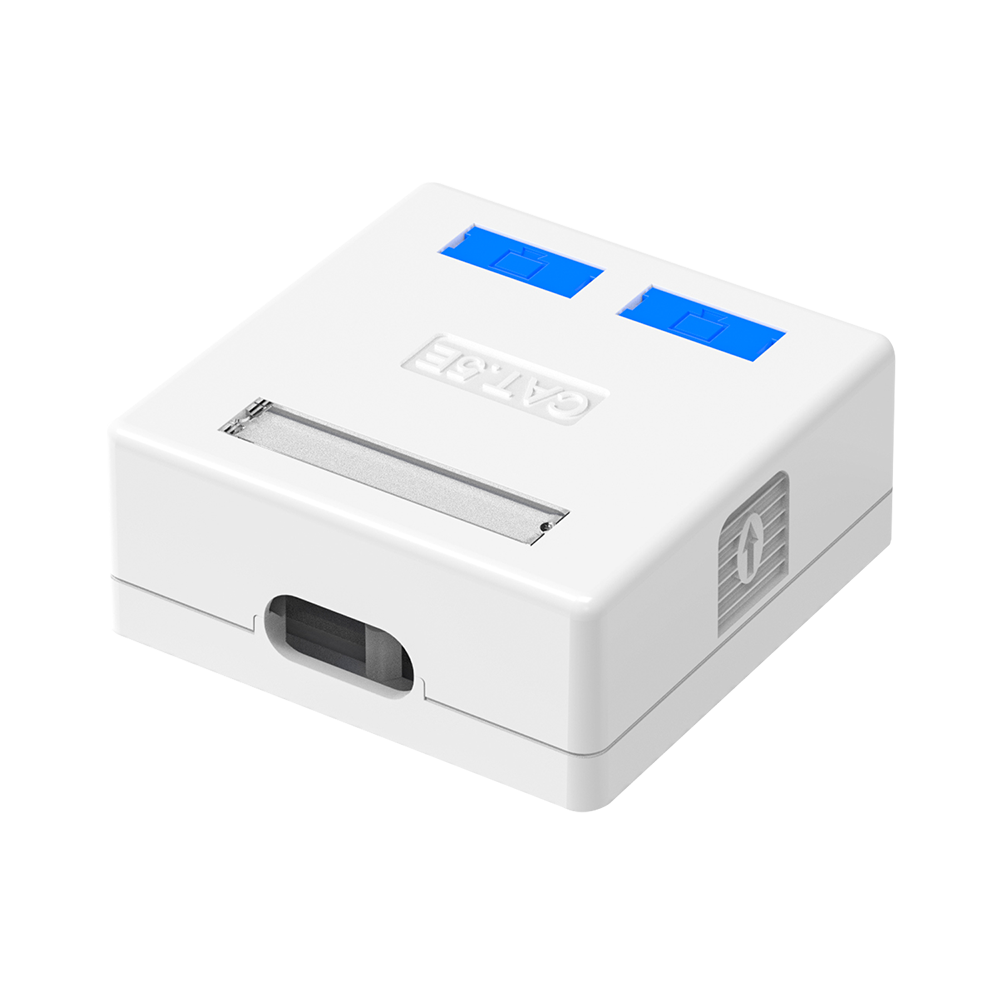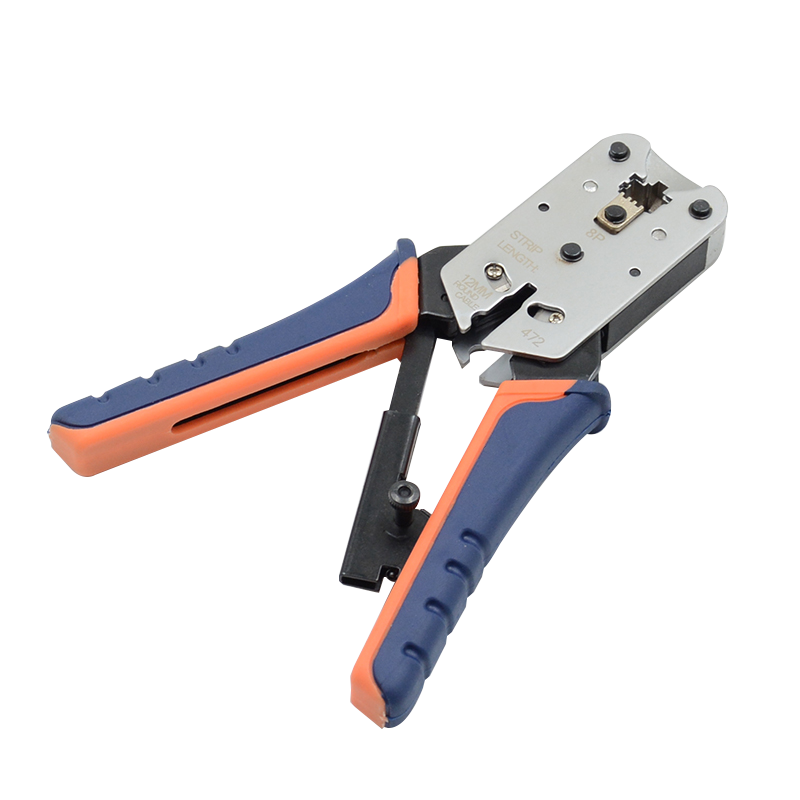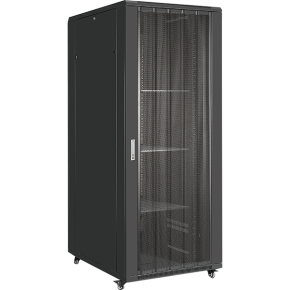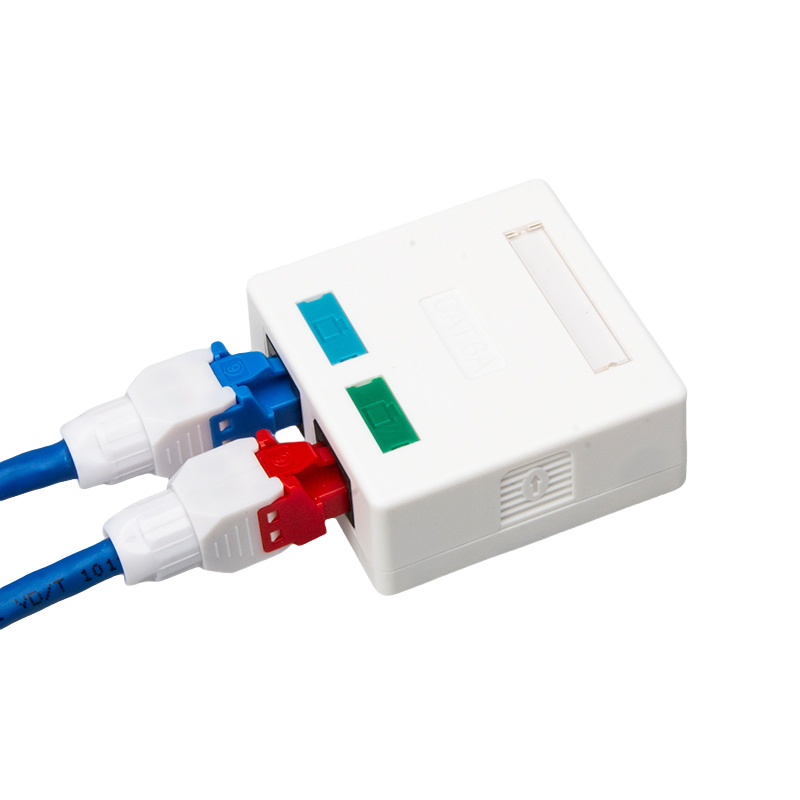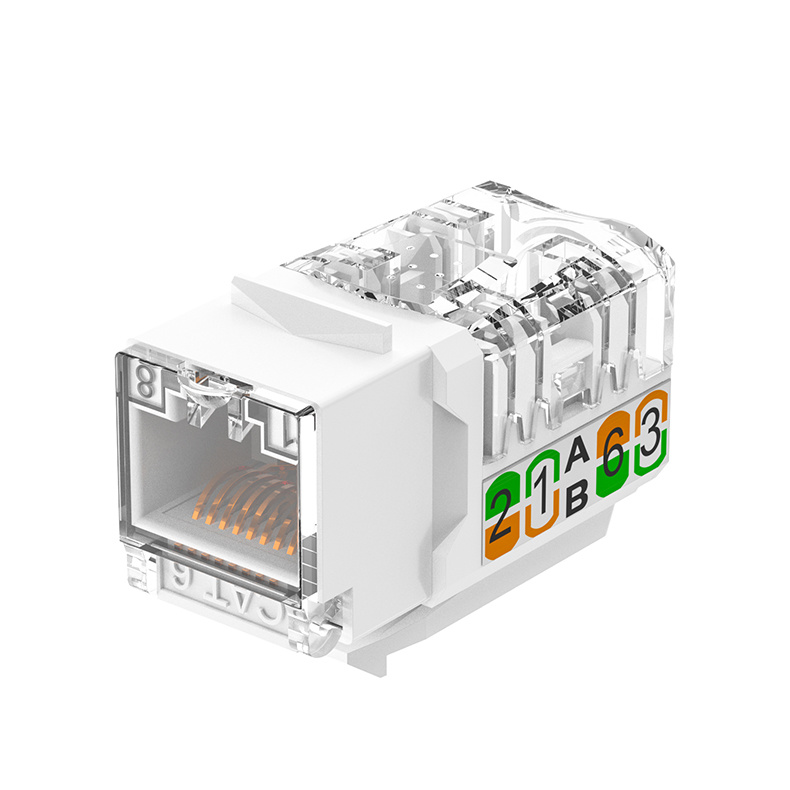The Ultimate Guide to Safety Standards for Cat5e FTP 180 Degree Toolless Jacks
The Ultimate Guide to Safety Standards for Cat5e FTP 180 Degree Toolless Jacks
In the ever-evolving world of electrical wiring and connectivity, understanding the safety standards for components like Cat5e FTP 180-degree toolless jacks is crucial. These jacks play a pivotal role in network setups, providing reliable connections while ensuring user safety. This article delves into the specifics, compliance requirements, and best practices surrounding Cat5e FTP jacks, equipping you with the knowledge to make informed decisions.
Table of Contents
- Understanding Cat5e FTP Jacks
- Importance of Safety Standards
- Design and Construction Standards
- Best Installation Practices
- Compliance and Regulatory Guidelines
- Testing and Quality Assurance
- Common Issues and Solutions
- Frequently Asked Questions (FAQs)
- Conclusion
Understanding Cat5e FTP Jacks
Cat5e FTP (Foiled Twisted Pair) jacks are a crucial component in data transmission setups, especially in networking environments that demand high performance. These jacks facilitate the connection of Ethernet cables to devices, ensuring reliable communication between computers, switches, and routers. The 180-degree design offers a compact solution for tight spaces, allowing for optimal cable management without compromising signal integrity.
Key Features of Cat5e FTP Jacks
Several features distinguish Cat5e FTP jacks from other types:
- Shielding: The foil shielding in FTP jacks reduces electromagnetic interference (EMI), enhancing signal quality.
- Toolless Design: The toolless feature simplifies installation, allowing technicians to connect cables without the need for additional tools.
- Compatibility: These jacks are compatible with a variety of Ethernet cables, optimizing performance across different network setups.
Importance of Safety Standards
Safety standards for electrical components are paramount in ensuring both functionality and user safety. Adhering to these standards minimizes the risk of electrical faults, enhances performance, and promotes longevity. For Cat5e FTP 180-degree toolless jacks, the significance of safety standards cannot be overstated, as they directly influence the reliability and efficiency of the entire network.
Risk Mitigation
By following established safety standards, technicians can significantly reduce risks associated with electrical installations. This includes the prevention of short circuits, overheating, and potential fire hazards. Compliance ensures that the products used in installations have been tested for safety and effectiveness.
Design and Construction Standards
The design and construction of Cat5e FTP jacks must meet specific industry standards to guarantee safety and performance. These standards are outlined by organizations such as the Telecommunications Industry Association (TIA) and the International Electrotechnical Commission (IEC).
Material Specifications
High-quality materials are essential for the durability and safety of toolless jacks. Common materials include:
- High-Impact Plastics: Used for the housing, ensuring resilience against physical stress.
- Gold-Plated Contacts: Enhancing conductivity and reducing oxidation.
- Foil Shielding: Providing effective EMI protection.
Design Considerations
When designing Cat5e FTP jacks, manufacturers must consider various factors:
- Ease of Use: The toolless design should facilitate easy cable insertion and removal.
- Space Efficiency: The 180-degree angle must allow for optimal cable management in confined spaces.
- Color Coding: Clear labeling to aid in proper installation and maintenance.
Best Installation Practices
Proper installation is pivotal to ensuring the safety and functionality of Cat5e FTP jacks. Follow these best practices to optimize performance:
Preparation Steps
Before installation, ensure the following:
- Site Assessment: Evaluate the environment where the jack will be installed, checking for potential hazards.
- Compatibility Check: Confirm that the cables and devices are compatible with the Cat5e FTP jack.
- Tools and Equipment: Gather all necessary tools, even for toolless jacks, to aid in troubleshooting.
Installation Process
Follow these steps during installation:
- Strip the Cable: Carefully strip the outer jacket of the cable without damaging the internal wires.
- Arrange Wires: Follow the color-coding scheme to arrange the wires correctly.
- Insert Wires: Push the wires into the corresponding slots of the jack until they click into place.
- Test the Connection: Use a cable tester to ensure the connection is solid and that there are no faults.
Compliance and Regulatory Guidelines
Compliance with local and international regulations is essential for the safe use of Cat5e FTP jacks. Adhering to these guidelines ensures that installations meet safety and performance standards.
Regulatory Bodies
Several organizations set the standards for electrical safety, including:
- Underwriters Laboratories (UL): Certifies electrical components for safety.
- International Organization for Standardization (ISO): Sets global standards for quality and safety.
- Institute of Electrical and Electronics Engineers (IEEE): Provides guidelines for electrical standards.
Testing and Quality Assurance
Quality assurance is critical to maintaining the safety and performance of Cat5e FTP jacks. Regular testing should be integrated into the production process to ensure compliance with safety standards.
Types of Tests
Common tests include:
- Electrical Testing: Ensures the jack can handle the required voltage and current levels.
- Mechanical Testing: Assesses the durability of the jack under physical stress.
- Environmental Testing: Evaluates performance under various environmental conditions, such as humidity and temperature variations.
Common Issues and Solutions
While Cat5e FTP jacks are generally reliable, issues may arise during installation or use. Here are some common problems and their solutions:
Issue: Poor Connectivity
Solution: Check the integrity of the cable termination and ensure that wires are inserted correctly into the jack.
Issue: Signal Interference
Solution: Ensure that the cable run is not located near sources of electromagnetic interference and that proper shielding is in place.
Issue: Physical Damage
Solution: Inspect the jack for cracks or wear. Replace any damaged components immediately to prevent connectivity loss.
Frequently Asked Questions (FAQs)
1. What is a Cat5e FTP jack?
A Cat5e FTP jack is a networking component that connects Ethernet cables while providing shielding against electromagnetic interference. Its toolless design simplifies installations.
2. How do I install a Cat5e FTP toolless jack?
Install by stripping the cable, arranging the wires according to the color code, and pushing them into the corresponding slots of the jack until they click into place.
3. Are Cat5e FTP jacks compliant with safety standards?
Yes, most Cat5e FTP jacks are designed to meet safety standards set by regulatory bodies, ensuring user safety and product reliability.
4. What are the benefits of using toolless jacks?
Toolless jacks offer quicker installation, reduced labor costs, and less risk of damage to wires compared to traditional jacks that require tools for termination.
5. How can I troubleshoot connectivity issues with my Cat5e FTP jack?
Check the cable termination, ensure proper wire arrangement, and examine for physical damage or interference from surrounding equipment.
Conclusion
Understanding the safety standards for Cat5e FTP 180-degree toolless jacks is essential for anyone involved in network installations and maintenance. By adhering to industry regulations, employing best installation practices, and maintaining rigorous testing protocols, professionals can ensure that their networks remain reliable and safe. This comprehensive guide serves as a valuable resource, empowering you to navigate the complexities of electrical components confidently. Prioritize safety and quality in every installation, ensuring optimal performance in your networking projects.
Latest news & events
May 29,2025
Understanding the Importance of a 48-Port UTP Patch Panel for Your Networking Needs
In the realm of networking, a UTP patch panel is an essential component that facilitates the organization and management of network connections. A 48-port UTP patch panel is particularly beneficial for large-scale networks, as it allows for the consolidation of multiple network cables into a single, manageable unit. This is especially useful in environments such as commercial buildings, offices, a
Learn moreMay 26,2025
Mastering the Installation Process for FTP Keystone Jacks: A Comprehensive Guide
Understanding the Installation Process for FTP Keystone Jacks Table of Contents Introduction to FTP Keystone Jacks What are FTP Keystone Jacks? Benefits of Using FTP Keystone Jacks Tools and Materials Needed for Installation Preparation for Installation Step-by-Step Installation Process Cutting and Stripping Cables Inserting Cables into the
Learn moreMay 23,2025
The Essential Guide to the 8P8C Modular Plug: Understanding Its Importance in Networking
--- The 8P8C modular plug, often referred to as an RJ45 connector, is a crucial component in contemporary networking environments, particularly for structured cabling systems. The designation "8P8C" stands for "8 Positions, 8 Contacts," indicating its standard configuration, which allows it to accommodate eight wires. This structure is essential for creating effective data transmission pathways us
Learn moreMay 20,2025
Understanding the Installation Process of Terminating Cat6 Keystone Jacks: A Comprehensive Guide
Understanding the Installation Process of Terminating Cat6 Keystone Jacks Table of Contents 1. Introduction to Cat6 Keystone Jacks 2. Tools Required for the Installation Process 2.1 Essential Tools for Successful Installation 2.2 Optional Tools to Enhance Your Setup 3. Preparing the Cat6 Cables for Termination 3.1 Stripping the Cable Insulation 3.2 Arranging the Wires According to TIA Standards 4.
Learn more

